1. Oysters in the 18th Century
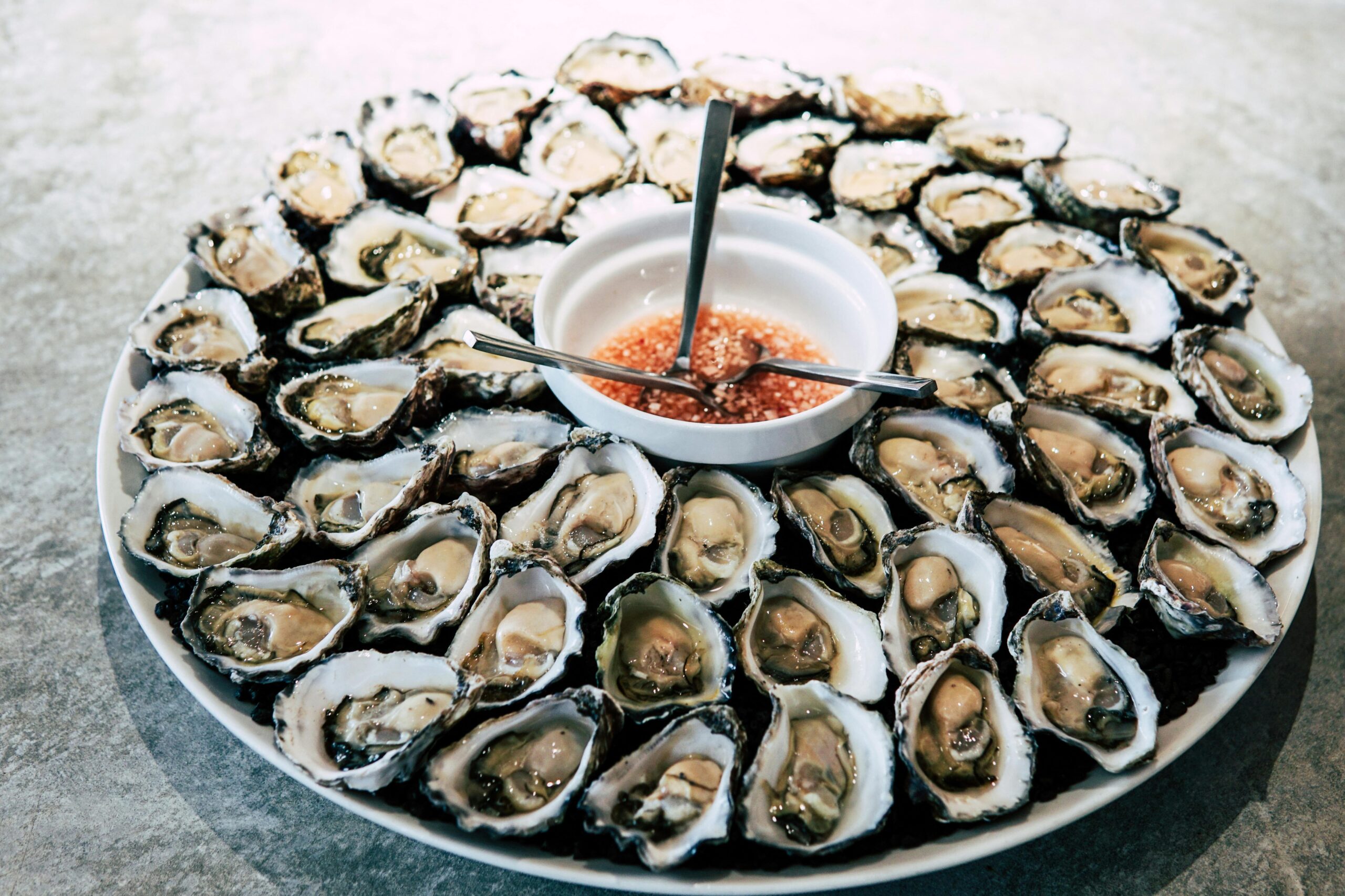
In the 1700s, oysters were considered an aphrodisiac, leading some cookbooks to avoid featuring them in their pages. While they were easily accessible and enjoyed by many, their association with heightened desire made them a controversial choice for the more conservative culinary publications of the time. Oysters were often served at lavish banquets, where their reputation as a symbol of seduction only grew stronger.
The idea of eating oysters in the privacy of one’s home was seen as risqué, and many cookbooks refrained from including them in their recipes. Instead, oysters were relegated to more discreet dinner parties or enjoyed in less formal settings. Their inclusion in any reputable cookbook was a no-go, as their seductive reputation threatened to offend the sensibilities of polite society.
2. Lobster à l’Américaine
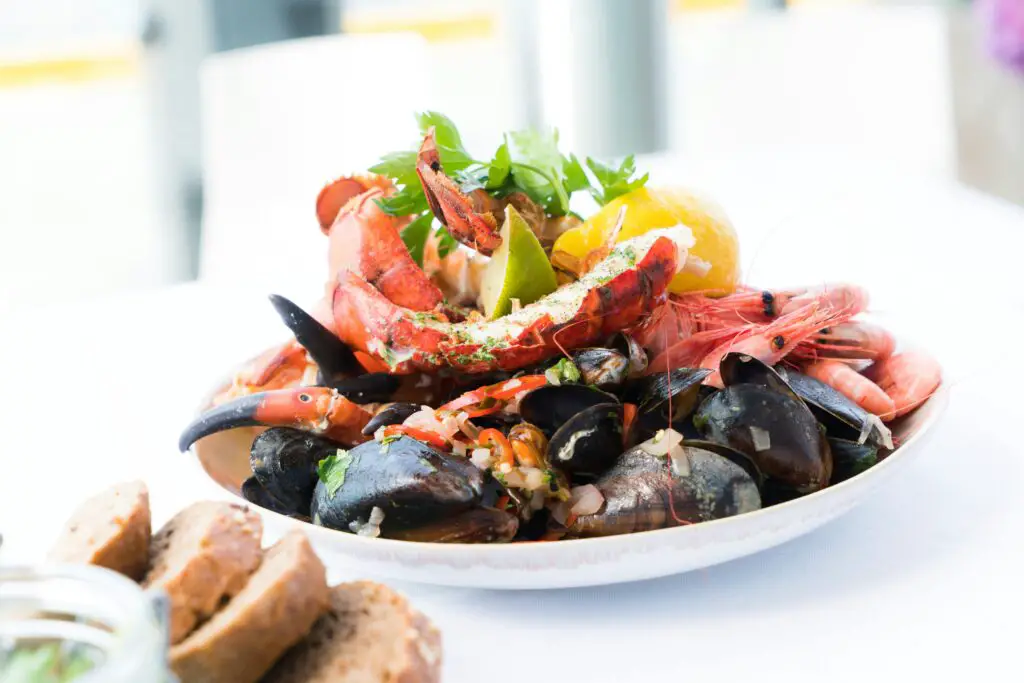
Lobster, once regarded as a food for the poor, became a symbol of wealth and indulgence by the 19th century. Lobster à l’Américaine, a rich and buttery dish, gained popularity among the elite, but its decadence was sometimes considered too extravagant for mainstream cookbooks. The heavy use of butter, cream, and cognac made it an indulgent feast that not everyone was comfortable with.
The opulence of this dish, paired with the lobster’s association with excess, made it a bit too provocative for some culinary guides. In a time when moderation was encouraged, the lavishness of lobster à l’Américaine was seen as over the top. Its continued inclusion in only the most elite cookbooks spoke to the extravagance that some believed was best kept behind closed doors.
3. Stuffed Pigeon

During the 18th and 19th centuries, stuffed pigeon was considered a delicacy among the upper classes, but it was also a dish that many cookbooks of the time avoided. The idea of stuffing a bird with various fillings seemed a little too decadent for the more restrained, everyday cook. While pigeon itself was a common meal for those of higher social status, the specific combination of ingredients used to stuff it created an air of luxury that many felt should not be shared widely.
What made stuffed pigeon even more controversial was its association with high-society meals, where it often appeared as a statement of wealth. In a time when cookbooks were meant to be practical, featuring a dish like stuffed pigeon was seen as somewhat risqué, as it felt more like an exclusive treat for the wealthy. As a result, it was rarely seen in the pages of more conservative culinary works.
4. Frog Legs
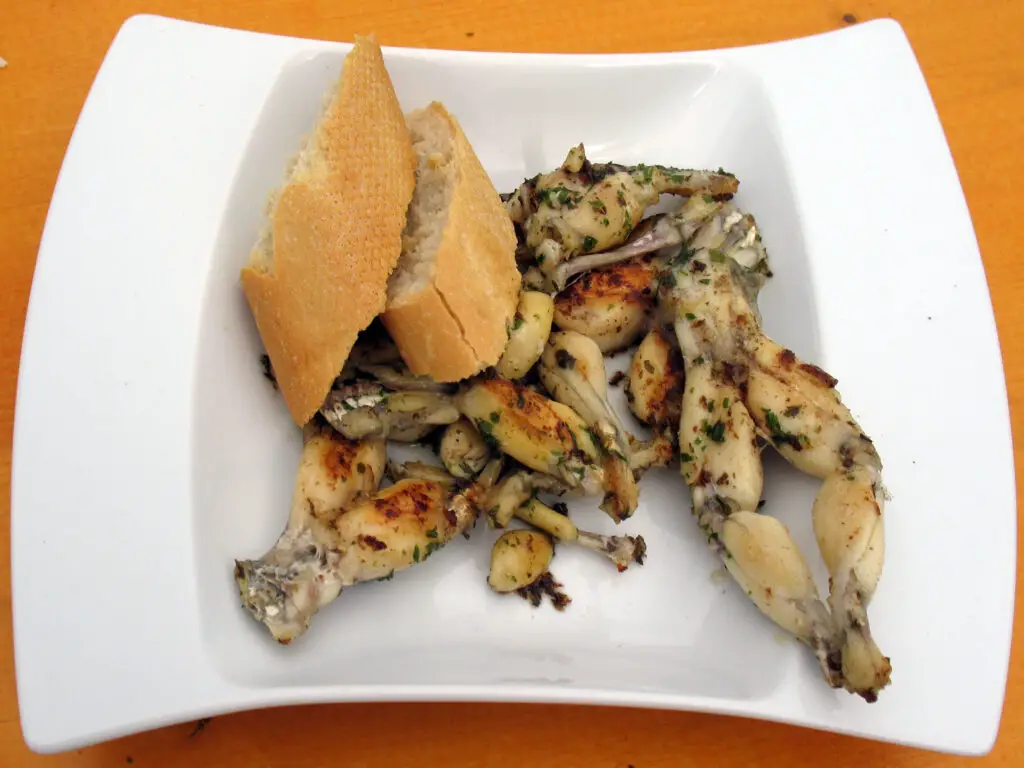
Frog legs, though a common delicacy in certain parts of Europe, were long seen as a strange and risqué food in other parts of the world. In the 19th century, many cookbooks deliberately excluded recipes for frog legs due to their unusual and exotic nature. While considered a gourmet treat by some, the idea of eating frog legs seemed unappealing and unsettling to many in more traditional culinary circles.
The dish’s association with French cuisine made it even more controversial in places where French culinary practices were viewed as extravagant or over-the-top. Frog legs had an air of daring sophistication, making them a culinary choice that was not always considered appropriate for public consumption. As a result, many cookbooks steered clear of this delicacy, and it remained an under-the-radar favorite for those willing to embrace the unconventional.
5. Venison with Spices
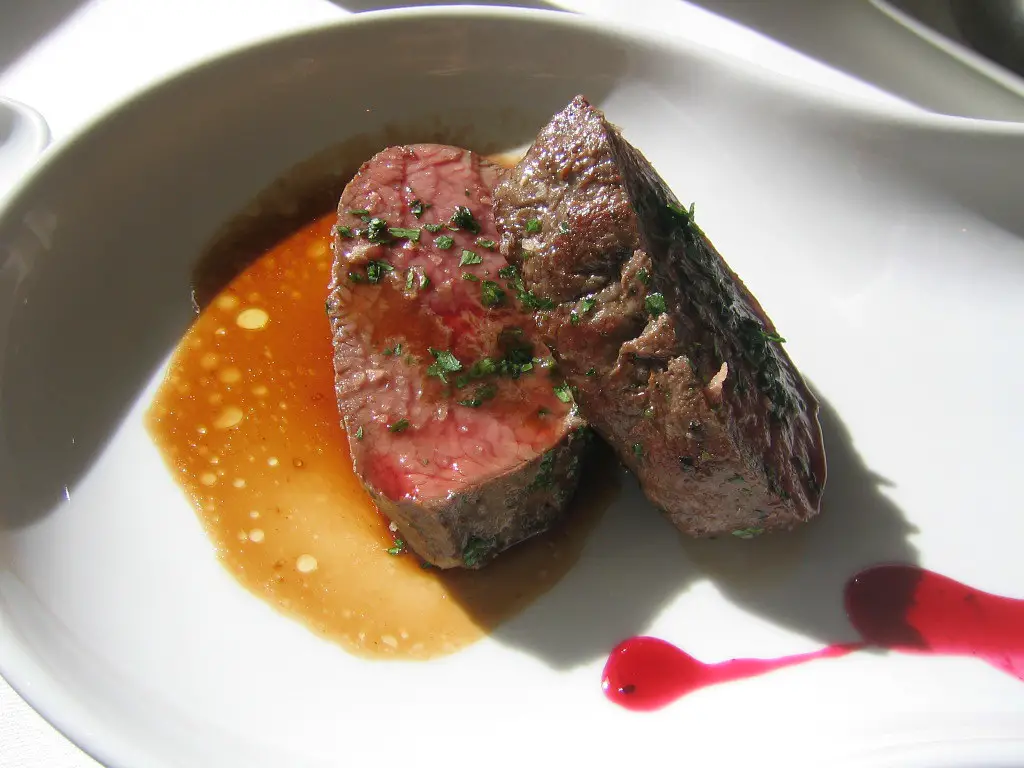
In earlier centuries, venison was considered a food of the elite, and adding spices like cinnamon or cloves to the meat was seen as a bold and excessive choice. Many cookbooks of the time steered clear of recommending the use of these spices in venison dishes, as it was believed that they masked the meat’s natural flavor. The use of heavy spices was considered somewhat over-the-top, and it was thought to be a bit too indulgent for the average cook to replicate.
While venison was widely eaten in hunting circles, adding spices made the dish more extravagant, elevating it to the realm of gourmet cuisine. For those who preferred simplicity in their cooking, a venison recipe with such rich and powerful flavors felt a little too luxurious and complicated for mainstream inclusion. It was a dish for the wealthy, best left to the tables of aristocrats and grand feasts.
6. Truffles in Sweet Dishes
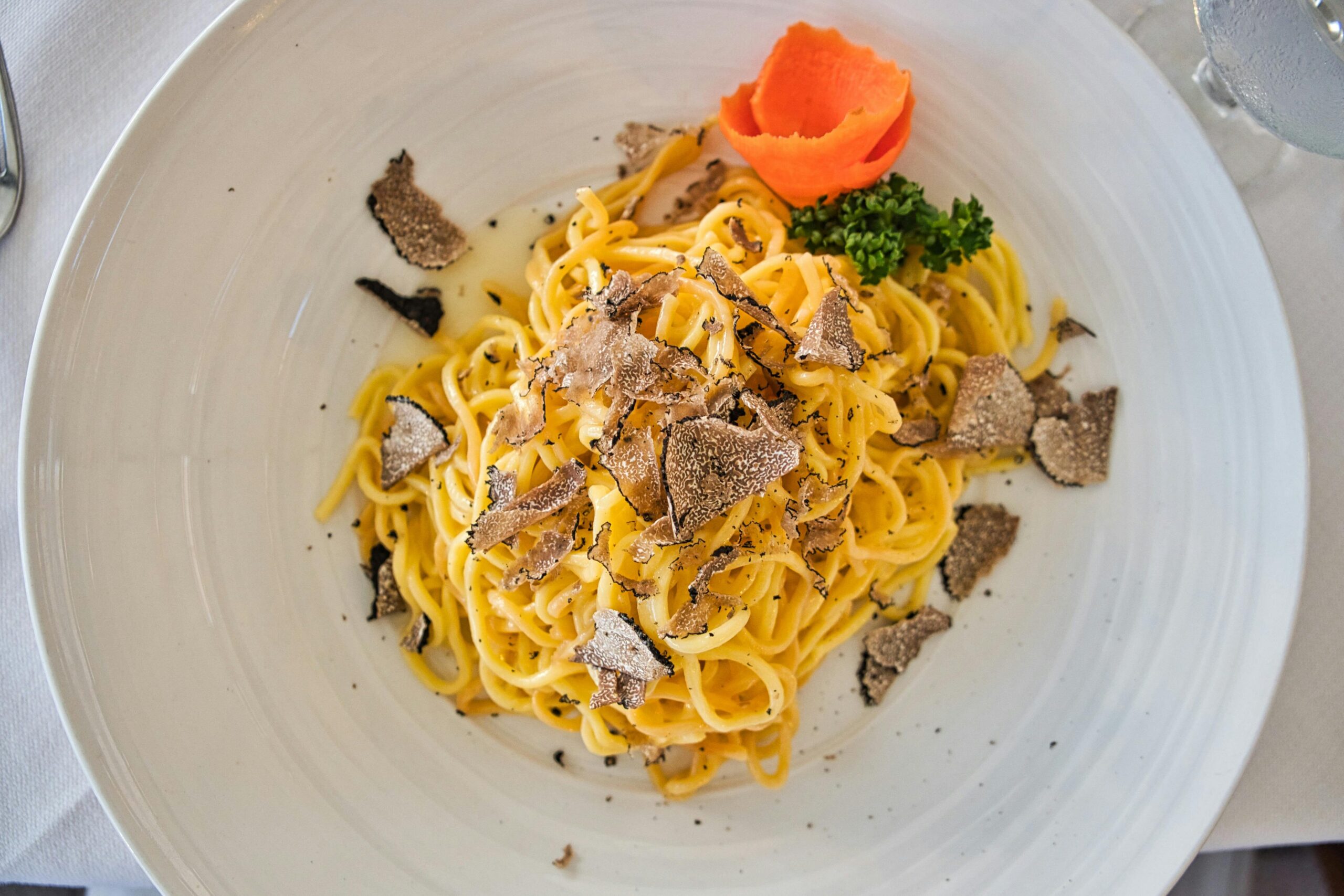
Truffles are often associated with luxury, and by the 19th century, they were regarded as one of the most decadent ingredients in French haute cuisine. However, combining them with sweet dishes, such as truffle-studded chocolates or desserts, was seen as an overly extravagant and even risqué practice. While savory truffle dishes were beloved, their use in sweets was something that many cookbooks chose to ignore.
The idea of pairing truffles with chocolate or cakes felt like an overindulgence to some, and the practice was reserved for only the most elite culinary circles. In a time when simplicity and frugality were valued, the idea of mixing truffles with dessert was seen as pushing the limits of what was considered acceptable. As a result, recipes featuring truffles in sweet dishes were rarely included in mainstream cookbooks, remaining a well-kept secret among the upper classes.
